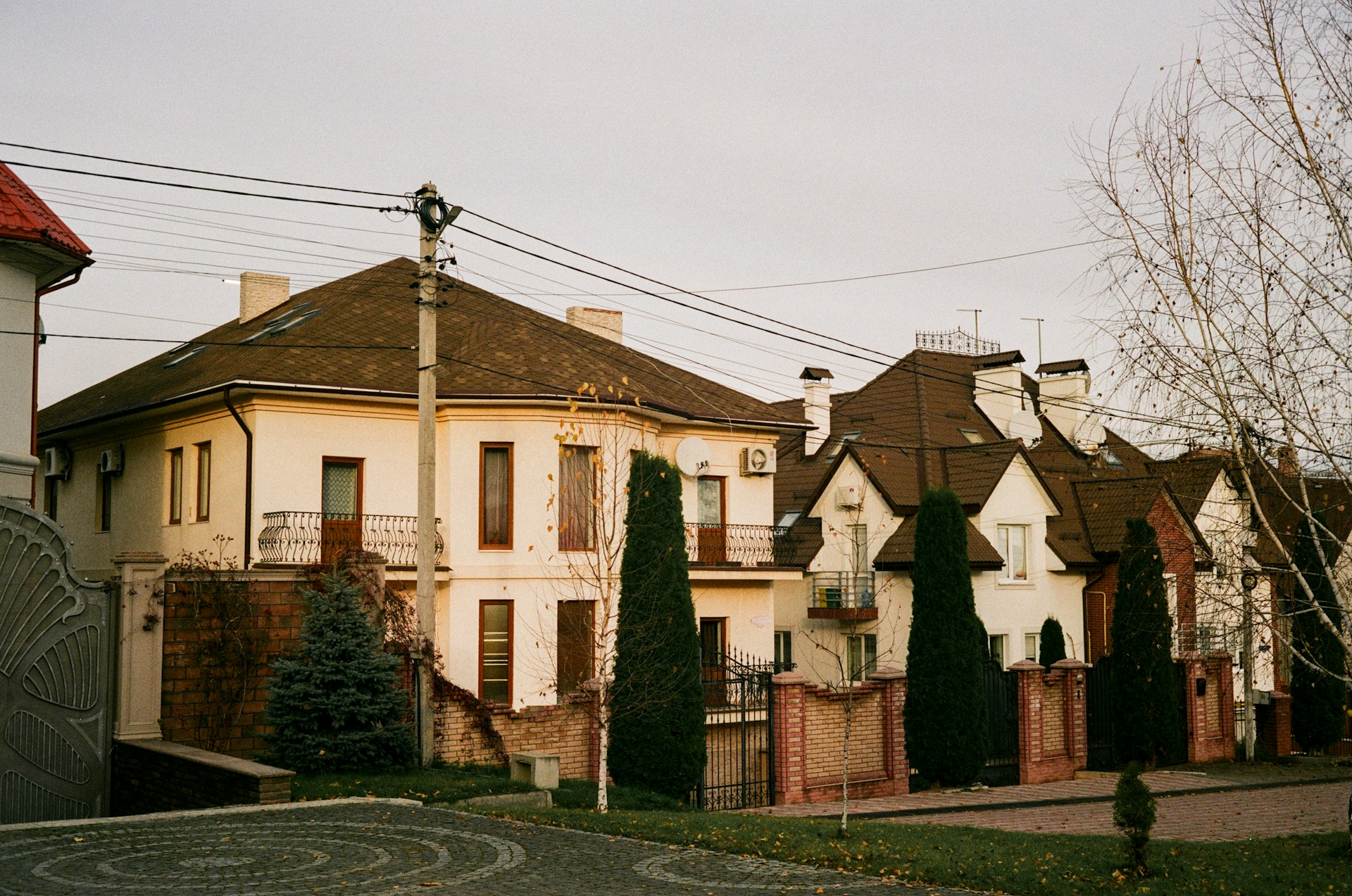Property in Bulgaria: an overview of trends and yields
For a long time, property in Bulgaria was undervalued, but the market has shown steady progress in recent years. At the same time, prices are rising rapidly. For example, the price in the capital has gone up by 200% over the last 10 years, which is an impressive result.
In 2015, a square metre of housing in Sofia sold for €715. By 2025, this figure had exceeded €2,100. Similar rapid growth in prices has also been observed in other Bulgarian cities:
1. On the Varna market, prices have jumped by 120% over 10 years, rising from €700 to €1,500 per square metre.
2. Price growth in Plovdiv has been recorded at 150%, up to €1,400 per square metre.
The number of property transactions is also rising steadily, primarily in the country’s major cities. In Sofia, the number of sales and purchase agreements increased by 100%, and in Varna by 50%. In Plovdiv, the figure grew by just 15%.

Factors influencing the property market
Consumer demands have changed significantly in recent years. Today’s buyers favour larger properties. While the average size of a purchased property was 84 square metres in 2015, it will be 96 square metres in 2025. This is due to the consequences of the pandemic, such as the need for comfortable spaces for remote working, as well as income growth. During this period, the average salary in Bulgaria increased from 850 to 2,400 leva.
The quality of construction, infrastructure and transport accessibility also influences the cost of housing. Additionally, buyers consider the neighbourhood and its potential to offer a comfortable lifestyle. Consumers prefer new, modern residential complexes to existing properties.
Another factor contributing to market growth was favourable mortgage lending conditions. In 2025, the average mortgage rate was around 2.7%. Ten years ago, it fluctuated between 4 and 6%.
Bulgaria rental sector overview
Rental prices have also increased by 111% over the past decade. Nevertheless, the attractiveness of renting as an investment has decreased:
– 10 years ago, property in Sofia yielded about 6% per annum, now it yields about 5%;
– renting out accommodation in Lozenets yields about 4% per annum;
– the rental sector in Krystova Vada and Vitosha yields no more than 4.8%;
– rental properties in Mladosti, Ljulina and Malinova Dolina yield 5%.
These declining rental yields are prompting investors to change their strategies. Many are focusing on capital growth through the resale of property.
